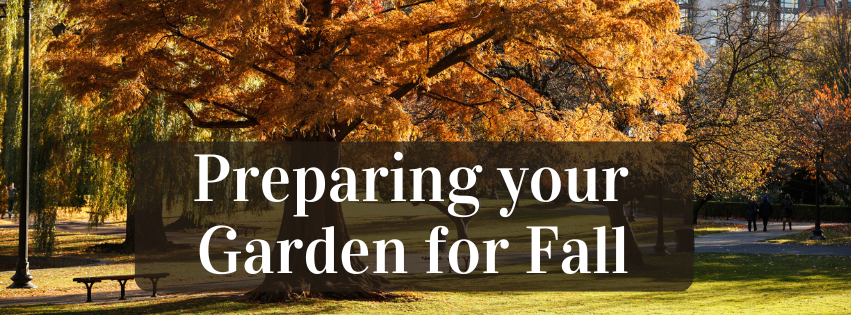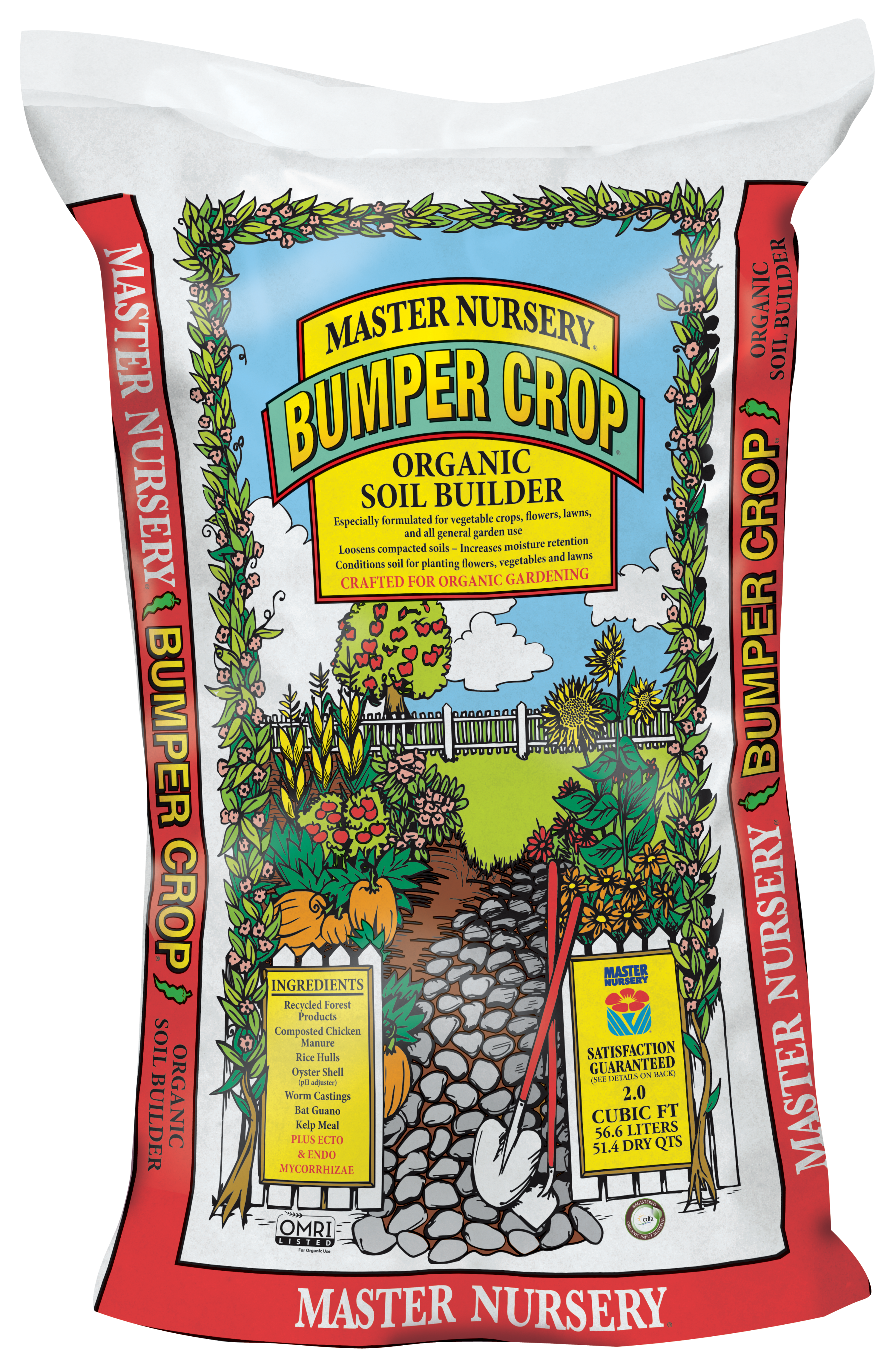Top 5 Reasons Fall is the Ultimate Time for Planting
When most people think of planting, spring usually springs to mind. However, autumn offers a wealth of advantages that make it the prime season for planting. With warm soil temperatures lingering from summer, cooler air, and more consistent rainfall, fall creates the perfect environment for nurturing new plants. Here’s why fall is truly the best time to plant:
1. Get a Jump Start on Spring Growth
Fall planting gives your perennials and shrubs a head start for spring. As the soil gradually cools, roots continue to grow, taking advantage of the warm soil temperatures from summer. This early root development allows plants to become established before the ground completely freezes. Come spring, these plants are ready to burst forth with new growth and even flowers, giving you an earlier and more vibrant display of blooms.
2. Enjoy Cooler Gardening Conditions
If you’ve ever found the summer heat too stifling for gardening, fall offers a refreshing change. The crisp, cool air makes working in the garden a more pleasant experience. Plus, your plants benefit from this cooler weather as the warm soil from summer encourages robust root growth without the stress of high temperatures. It’s the perfect time to get your hands dirty and enjoy the beauty of the season.
3. Support Pollinators with Early Food Sources
Early fall blooms provide crucial nectar sources for pollinators, such as bees, butterflies, and birds, which may struggle to find food as the season winds down. By planting now, you’re helping these essential creatures prepare for the winter and ensuring that they have enough energy to support their activities. This not only aids the ecosystem but also supports the pollinators that help sustain our food supply.
4. Less Watering Required
Autumn’s cooler temperatures and shorter days reduce evaporation rates and slow down photosynthesis, meaning your new plants will need less water compared to spring planting. This can make fall gardening more manageable and less resource-intensive. As the weather becomes more favorable for plant establishment, you’ll find that maintaining your garden is both easier and more efficient.
5. Camouflage Early Spring Bulbs
Fall is an ideal time to plant spring-blooming bulbs alongside perennials. By doing so, you’ll create a harmonious display where the fading foliage of bulbs is naturally hidden by the growing perennials. This not only ensures a seamless transition of beauty through the seasons but also simplifies garden maintenance. You’ll enjoy two seasons of color from a single planting, making your garden both vibrant and efficient.
Additional Tips for Fall Planting:
- Soil Preparation: Ensure your soil is well-prepared before planting. Incorporate compost or well-rotted manure to improve soil structure and fertility.
- Mulching: Apply a layer of mulch around newly planted beds. This helps regulate soil temperature, retain moisture, and protect plants from early frosts.
- Choosing Plants: Opt for hardy plants suited to your climate that will thrive with the cooler temperatures and reduced light levels.
- Watering: Even though fall typically brings more rain, keep an eye on soil moisture, especially for newly planted items. Regular watering is crucial until plants are well-established.
- Fall Fertilization: Consider using a balanced, slow-release fertilizer to give your plants the nutrients they need for strong root development and a vigorous start in spring.
Embracing fall as the prime planting season offers numerous benefits that enhance your garden’s health and beauty. By taking advantage of the season’s favorable conditions, you’ll set yourself up for a flourishing garden come spring and enjoy the many rewards of fall planting. Happy gardening!






 The Benefits of Pine Bark Mulch: The Right Choice for Your Garden
The Benefits of Pine Bark Mulch: The Right Choice for Your Garden

 In contrast, shredded hardwood mulch tends to mat down and compact over time, which can hinder water infiltration and reduce soil aeration. Compacted mulch can lead to poor drainage, waterlogged soil, and root rot, all of which can negatively impact plant health. Dyed mulches, often made from finely ground wood, may have similar issues with compaction and poor drainage, in addition to the potential negative effects of the dyes used.
In contrast, shredded hardwood mulch tends to mat down and compact over time, which can hinder water infiltration and reduce soil aeration. Compacted mulch can lead to poor drainage, waterlogged soil, and root rot, all of which can negatively impact plant health. Dyed mulches, often made from finely ground wood, may have similar issues with compaction and poor drainage, in addition to the potential negative effects of the dyes used.



 and debris from your garden beds. This is especially important if you’ve had any disease or pest issues during the summer, as removing infected plant material can help prevent problems from carrying over into the next year. Compost healthy plant material to add back nutrients to your garden, but dispose of any diseased plants.
and debris from your garden beds. This is especially important if you’ve had any disease or pest issues during the summer, as removing infected plant material can help prevent problems from carrying over into the next year. Compost healthy plant material to add back nutrients to your garden, but dispose of any diseased plants.



